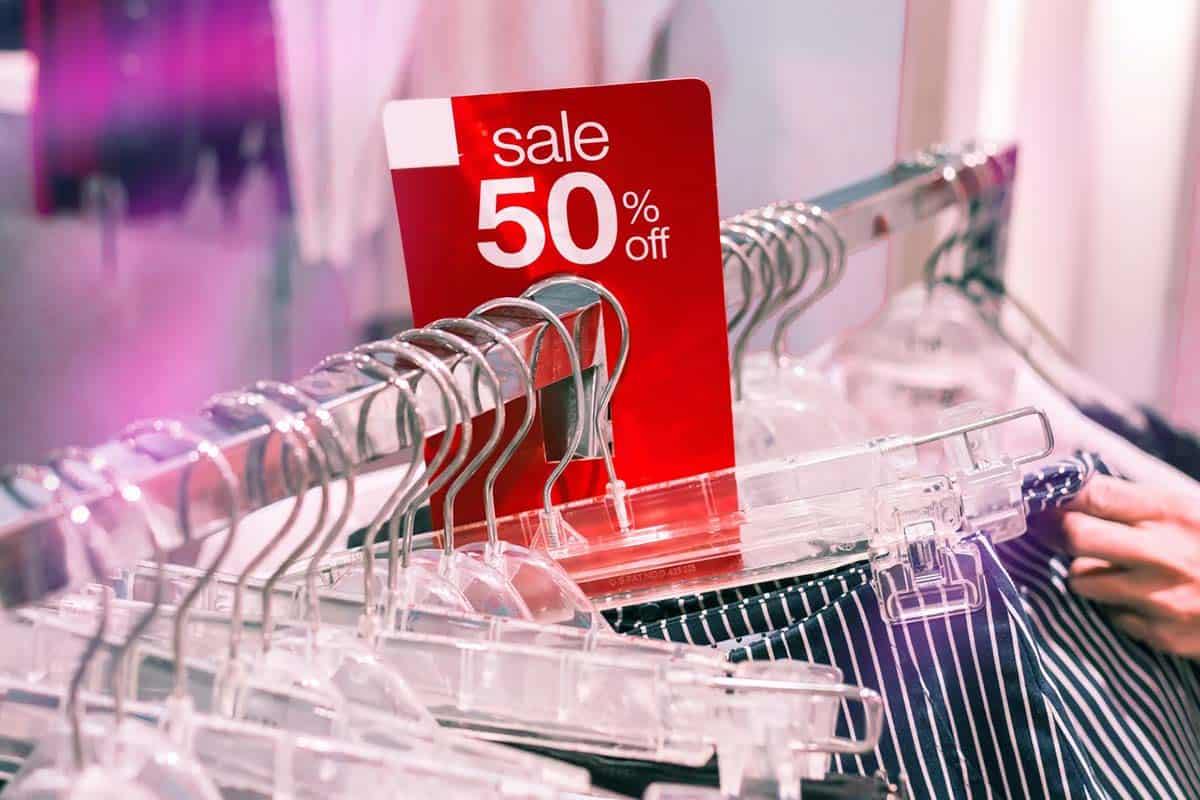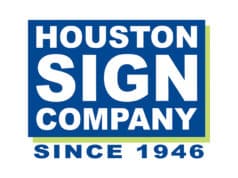If you’ve been thinking about starting an Amazon business, one great way to get started is retail arbitrage. Start with as little money as you want and scale your business from there!
Read on to learn more about what this model has to offer and find out if it’s the right fit for you.
What Is Retail Arbitrage About?
Retail arbitrage is the process of buying discounted products through retail and brick and mortar stores to resell on Amazon.
The biggest difference between retail arbitrage and normal retailing is that there are no suppliers or manufacturers involved.
Here are the biggest advantages of selling through retail arbitrage on Amazon:
- Low cost: More than 30% of retail arbitrage sellers launched their Amazon businesses with less than $500. About 50% needed less than $1,000.
- Start fast and easy: 56% of retail arbitrate sellers launched their Amazon businesses 6 weeks or fewer.
- Consumers will pay for convenience. Consumers who buy online are willing to pay extra to avoid the hassle of going to a store. As long as you do your research, you’ll always find something to sell for a profit.
How to get Started with Retail Arbitrage
Reselling is an easy concept. However, you need to make a couple of smart decisions before you start making serious money. Retail arbitrage does have a learning curve.
Get an Amazon seller account
You can choose from two plans, depending on how big you want to start:
- Individual Account: Pay a commission of $0.99 for every sale you make on Amazon. You’re thinking about selling less than 40 products.
- Professional Account: Pay $39.99every month to sell as many products as you want.
Get a Scanning App
Choose a Scanning App that works for you to look into the Fulfillment By Amazon (FBA) competition and sales rank to make sure you choose a profitable item.
Amazon Seller App for Retail Arbitrage
Amazon has its own seller app which you can use to find products to resell. You get access to this app with your seller account.
When you scan products with the Amazon seller app, you can see listings, sales rank, if you are allowed to sell that certain product. You can also enter in your buy cost to determine profitability and list products for sale directly from the app.
With the Amazon Seller App you’ll be able to:
- Monitor sales
- Reply to customer messages
- Manage orders
- Scan barcodes
- Check profitability
- Make listings on Amazon
1. Source Retail Arbitrage Products to Resell on Amazon
Think of it like thrift shopping. You want a great deal on product to get a good profit margin. It’s as easy as going to the “big box” retailer of your preference, like Walmart or Target.
Doing your research to find a profitable product is key to retail arbitrage. Consider the top 5 most popular categories on Amazon when sourcing your products:
- Home & Kitchen
- Toys & Games
- Kitchen & Dining
- Beauty & Personal Care
- Baby Products
Once you find an interesting product, scan the barcode using with an app and analyze the data you find.
You must focus on the following:
- Features and Details: Click on the listing that appears after scanning the barcode and look into the details of the product. Here you want to check the Sales Rank, which is different for each category. As a rule of thumb, try to look for products under 100,000 sales rank. The lower the number, the more it sells.
- Sellers on the listing: Try to avoid all listings that Amazon. This can prevent you from having inventory you can’t sell. Amazon sometimes doesn’t share the Buy Box with third-party sellers.
- Price and Gross Proceeds: Can you now sell the product at a profitable price? You can check by entering your buy cost and Amazon will break down all of the fees. Once you look at the numbers you can decide if the product is worth it or not.
- Customer Reviews: Customers can give you an idea of how much an item is selling. If it has many reviews, it’s likely that product sells often.
2. Calculate how many units to buy
You can figure out how many units you can potentially sell per month using by checking the sales rank and the number of FBA sellers for a single item. All you have to do is divide the number of monthly sales by the number of FBA sellers.
For example, if it’s a product with a sales rank of 3,0000 with 20 FBA sellers listed, you could sell around 150 units per month, so you can consider buying at least 100.
If you’re venturing into retail arbitrage, it’s recommendable to start small and see how you do. For some products you might consider purchasing just 5 or 10 units and see how it sells.
3. Determine your Profit Margin
Your minimum profit margin will change depending on your own preferences and the category and item you decide to sell. Remember some categories sell better than others. Some sellers are okay with getting a smaller profit margin, let’s say of 20%, as long as they sell the product within a specific time frame.
Other sellers prefer to get at least a 50% profit margin, even if that means waiting a little longer.
4. List your product and start selling
Once you’ve decided on a profitable product to sell, make a listing on Amazon and start selling! Remember to optimize your product listing to make sure you drive as many sales as possible.
Track your products and change the prices accordingly to stay competitive. The Buy Box on Amazon is one of the main factors to boost sales.
Tips for A Successful Amazon Retail Arbitrage
There are some important aspects that you should take into account before taking an over-hasty decision:
Follow trends and pay attention to seasonal products
Seasonality is important to see spikes on selling trends. Try to track what products are currently or soon-to-be trending or products that tend to sell more during a specific time of the year.
COVID-19 is a great example on the impact a current event could have on demand and supply of a product. Video games and puzzles had a major spike in sales when the pandemic first started. Staying on top of insights like these can make your business very profitable.
Look for discontinued products and get massive profits
This sounds weird, we know, but some people fall in love with a product and are willing to pay extra to get it even if the company that makes it has discontinued it. Some discontinued products are still circulating in the market, so if you get your hands on them, be sure you’ll find a market for it.
Be patient
Looking for products worth selling, either at brick-and-mortar stores or online, can be extremely exhausting. There’s also a lot of digging to be done, so it can be a frustrating process. The important thing is to keep going and analyze the data you find to make reliable and smart decisions.
There are things you can’t control, like prices suddenly changing in an instant if another seller decides to “tank the price,” leaving you with a product that is not as profitable anymore. Remember to check price history as well.
Final Thoughts
Becoming a seller on Amazon is challenging, yes and retail arbitrage is no exception. However, retail arbitrage does provide a faster and easier opportunity for new sellers to start their Amazon store and then grow from there.
It’s important to consider not every product you buy on a sale is going to make you money. Amazon Retail Arbitrage is more about product research and listing optimization than finding something at Walmart.
The best way to get into retail arbitrage is starting small and getting a hang of it. Once you do it, your Amazon business can continue to expand. Retail arbitrage can be the first step to a long-term successful Amazon empire.









